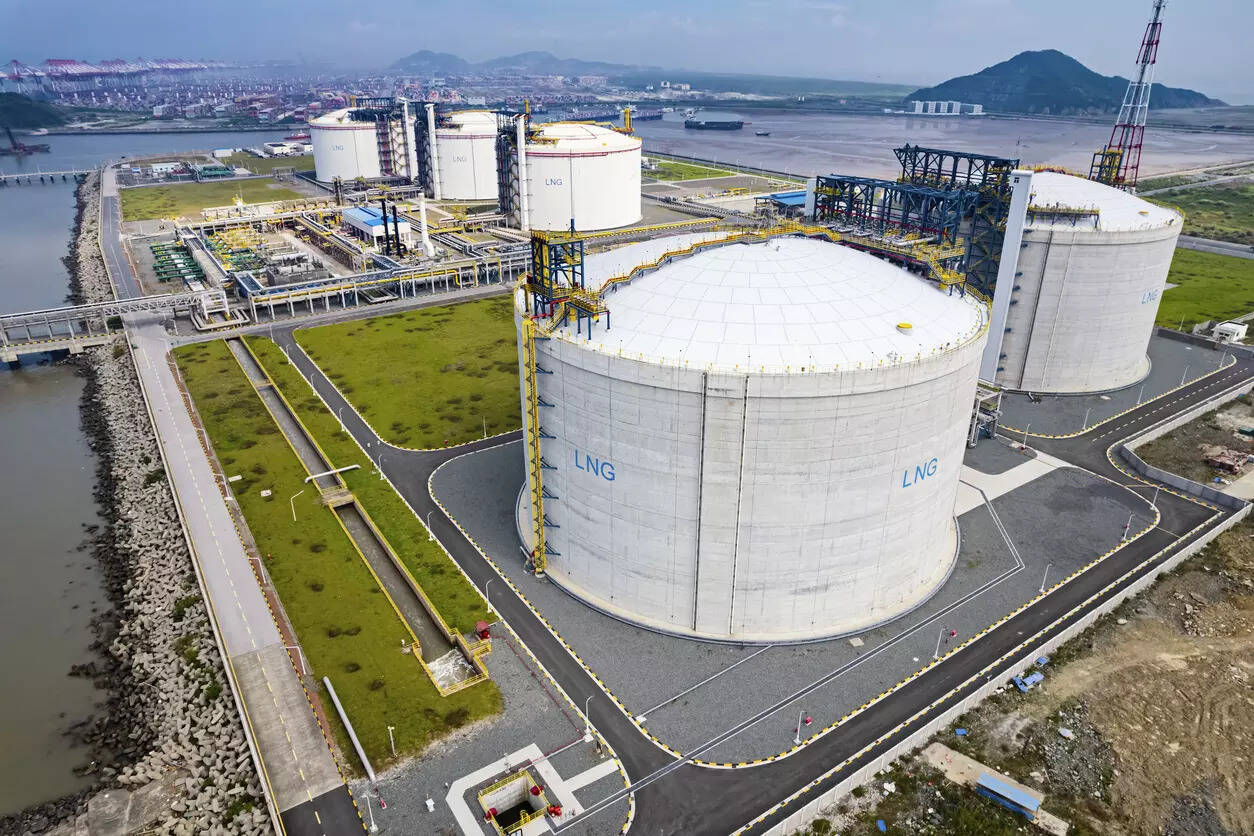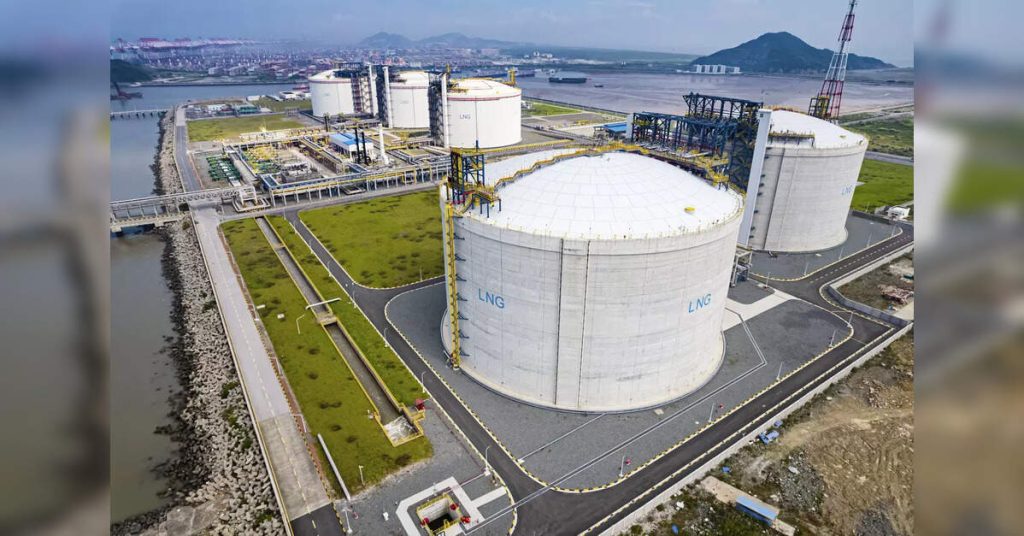
New Delhi: India’s domestic natural gas production declined by 3.9 per cent year-on-year to 2,860 million standard cubic metres (MMSCM) in September 2025, while liquefied natural gas (LNG) imports rose 1.2 per cent to 2,819 MMSCM, according to the Petroleum Planning and Analysis Cell (PPAC) of the Ministry of Petroleum and Natural Gas.
The total gas available for sale during the month stood at 5,207 MMSCM, marking a 1.1 per cent decrease from the same period last year. The combined availability of natural gas for consumption — domestic and imported — was 5,642 MMSCM, the report said.
“The gross production of natural gas for the month of September 2025 was lower by 3.9 per cent compared with the corresponding month of the previous year,” PPAC stated in the report.
What’s driving the decline in domestic production
Among domestic producers, ONGC, OIL, and private/joint venture operators together accounted for the total gross output.
Production by ONGC stood at 1,518 MMSCM, OIL produced 254 MMSCM, and private and JV companies contributed 1,088 MMSCM.
Of the gross production, around 84 per cent was available for sale, with the rest used for internal consumption or lost through flaring as part of technical operations.
Imports on the rise
India’s LNG imports increased slightly to 2,819 MMSCM from 2,787 MMSCM in September 2024. The imports were sourced mainly through terminals along the western coast.
The rise in imports indicates a continuing dependence on overseas gas supplies to meet domestic demand amid stagnant or falling local production.
How the gas was used
The fertiliser sector remained the largest consumer of natural gas in September, accounting for 28 per cent of total consumption, followed by city gas distribution (CGD) with 24 per cent, power generation with 13 per cent, refineries with 8 per cent, and petrochemicals with 6 per cent.
Overall consumption during the month was 5,782 MMSCM, marginally higher than August 2025 but 2 per cent lower than September 2024.
Between April and September 2025, cumulative natural gas consumption stood at 34,867 MMSCM, a 4.9 per cent decline from the same period last year, when consumption was 36,655 MMSCM.
Sectoral shifts: CGD rises, power and refinery dip
Consumption patterns showed a clear divergence across sectors. Gas use in the city gas distribution segment grew 8.8 per cent year-on-year, reflecting continued expansion in piped and compressed natural gas networks. In contrast, power sector consumption declined 17.2 per cent, while the refinery sector saw a 17.8 per cent drop.
Petrochemical demand increased sharply by 34.8 per cent, while the fertiliser sector saw a 4.9 per cent decline. Other industrial users registered a 10.9 per cent fall.
During September 2025 alone, CGD consumption stood at 1,360 MMSCM, power at 725 MMSCM, fertilisers at 1,644 MMSCM, refineries at 448 MMSCM, and petrochemicals at 328 MMSCM.
State-wise gas use: Gujarat leads, followed by Maharashtra and Uttar Pradesh
At the state level, Gujarat continued to be the largest consumer, with 44.2 million metric standard cubic metres per day (MMSCMD) of gas usage, followed by Maharashtra (27.6 MMSCMD) and Uttar Pradesh (31.1 MMSCMD).
Other key consuming states included Rajasthan (10.8 MMSCMD), Delhi (7.2 MMSCMD), and Assam (7.5 MMSCMD). The total gas consumption across all states stood at 192.7 MMSCMD in September 2025.
Overall trend: marginal growth in imports, lower domestic output
The data reflects a continued slowdown in domestic gas output and higher reliance on LNG imports to meet national demand.
Domestic output has been constrained by ageing fields, delays in new field development, and technical issues at offshore blocks. At the same time, rising consumption from city gas and industrial users has maintained overall demand levels, balancing the decline in domestic supply.
PPAC data suggests that while domestic production has fallen marginally, India’s gas consumption mix continues to shift toward imported LNG — a trend consistent with past quarters.


